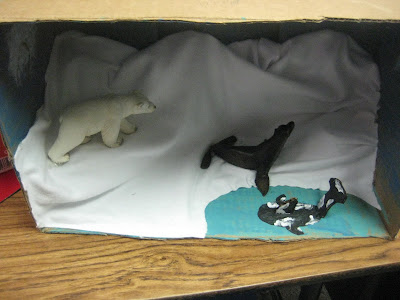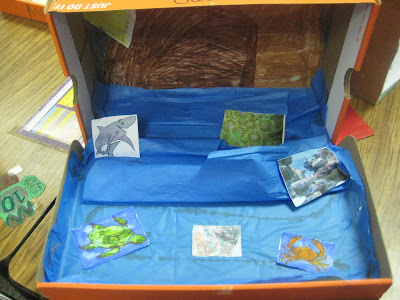 On Monday, March 29, 2010 our school took part in a radio contact with the Space Station when it passed over Azle at about 10:00 A.M. Mrs. Tyler's Fourth Grade class had prepared questions for Astronaut Soichi Noguchi . We all sat in the gym and waited to hear the words, "This is the Space Station, are you there?" It was very exciting to hear the astronaut report back his answers to the questions the fourth graders had prepared.They had about 13 minutes
On Monday, March 29, 2010 our school took part in a radio contact with the Space Station when it passed over Azle at about 10:00 A.M. Mrs. Tyler's Fourth Grade class had prepared questions for Astronaut Soichi Noguchi . We all sat in the gym and waited to hear the words, "This is the Space Station, are you there?" It was very exciting to hear the astronaut report back his answers to the questions the fourth graders had prepared.They had about 13 minutesof time avaliable while the space station was reachable by satellite radio.
 This is a picture of Solchl Noguchi who spoke to us. He is a Japanese astronaut and flight engineeer for Expedition 22. He told us he has been in space for 100 days.
This is a picture of Solchl Noguchi who spoke to us. He is a Japanese astronaut and flight engineeer for Expedition 22. He told us he has been in space for 100 days. This is the map we viewed. The blue circle surrounds the white arrow which shows the flight path. The Space Station was about 6000 miles out when we began tracking it. It travels at about 17,500 MPH, so fast it was over Azle in about 10 minutes.
This is the map we viewed. The blue circle surrounds the white arrow which shows the flight path. The Space Station was about 6000 miles out when we began tracking it. It travels at about 17,500 MPH, so fast it was over Azle in about 10 minutes. This is a picture of the Space Station we found on the internet when we went to the computer lab afterwards. We went to nasa.gov and nasa for kids off the school site. Some students found an actual tour of the space station. We also saw pictures the astronauts had taken from space.
This is a picture of the Space Station we found on the internet when we went to the computer lab afterwards. We went to nasa.gov and nasa for kids off the school site. Some students found an actual tour of the space station. We also saw pictures the astronauts had taken from space. Here is the antenna that was installed by the Radio Club of Tri-County over the weekend on the top of Walnut Creek. We were told that the space station astronauts have talked to about 528 schools from all around the world. We are one of the few schools in the United States. We took part in this tremendous experience because Mrs. Tyler made the necessary contacts needed to make this take place. She told us she had tried for two years for this to happen. She was very excited and we appreciate everyone who helped make this happen. Watch the videos below and see if you can hear the astronaut speaking.
Here is the antenna that was installed by the Radio Club of Tri-County over the weekend on the top of Walnut Creek. We were told that the space station astronauts have talked to about 528 schools from all around the world. We are one of the few schools in the United States. We took part in this tremendous experience because Mrs. Tyler made the necessary contacts needed to make this take place. She told us she had tried for two years for this to happen. She was very excited and we appreciate everyone who helped make this happen. Watch the videos below and see if you can hear the astronaut speaking.


































